The vibrant pink blossom of the floss-silk tree outside George Page apartments catches the eyes of residents. The tree is one of few of its kind planted on Pepperdine’s campus. Photo by Dane Bruhahn
Pepperdine’s campus is famous for its extensive ocean views and pristine location, but students often overlook the diverse plant life on campus. From Alumni Park to Drescher, a multitude of different tree, bush, succulent and flower species thrive on the Malibu campus.
As students walk to their classes, it is often easy to miss the landscape due to the breathtaking Pacific Ocean view in front of them, students said. If they were to shift their eyes to the hillsides or to the sky above, students would see towering palms and flowering bushes that surround them.
“Seeing the pretty plants definitely helps make me feel calmer and more relaxed after a class when I’ve been staring at my screen in a room with no windows all day,” sophomore Quinn Rohrbach said.
The free app LeafSnap allows users to capture a photo of a plant’s bark, leaf or flower and instantly receive the species name and further information — this is how the trees and bushes in this article are identified.
Located along Banowsky Boulevard, Canary Island palms or Phoenix canariensis, line the side of Alumni Park. The palm is native to the Canary Islands where citizens honor it as a natural symbol of wealth, according to information provided on LeafSnap. They are often used in ornamental landscaping where people collect and move the palms to new planting locations.
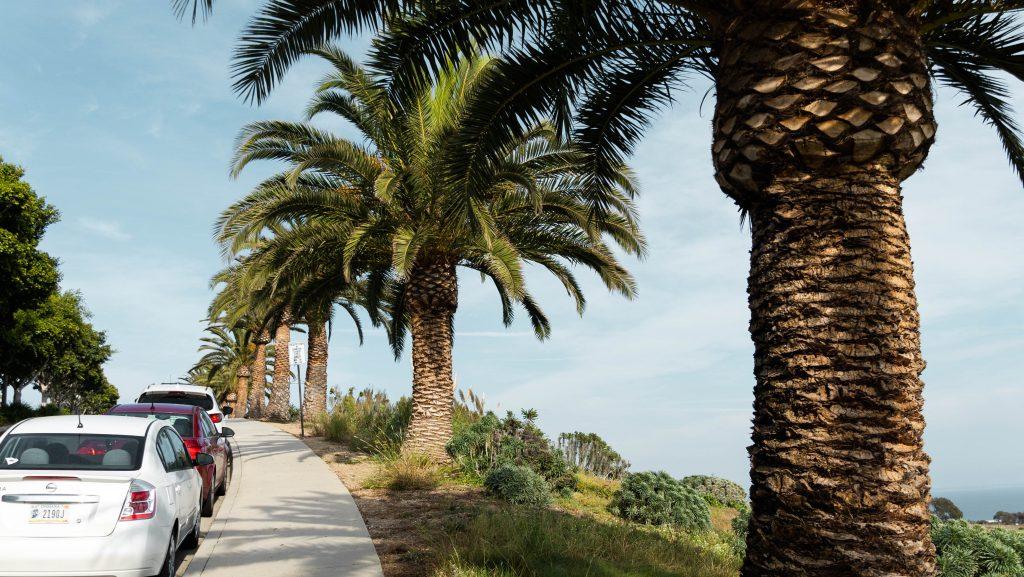
One of the largest trees on campus is located outside of the Firestone Fieldhouse. The tree is a Moreton Bay fig or Ficus macrophylla. These trees are most commonly known for their extremely thick trunks and protruding roots that support its wide canopy. Moreton Bay figs are native to Australia but imported to Southern California in the late 1800s. Now, the massive tree is one of the main attractions on campus.
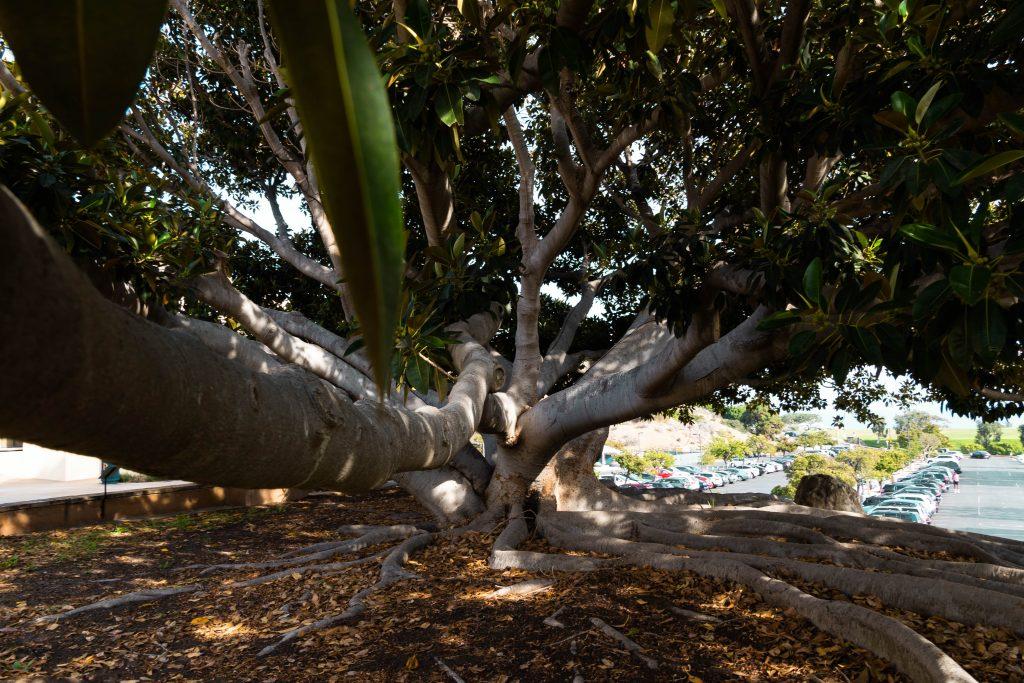
Students often bring some of this nature into their dorms. Sophomore Lauren Kinder said she started growing and collecting plants in March 2020 during stay-at-home orders — now she has five different plants in her dorm.
“It’s really nice. They are less work than a pet but you still get to take care of them and watch them grow,” Kinder said, “It’s really cool. I love it.”
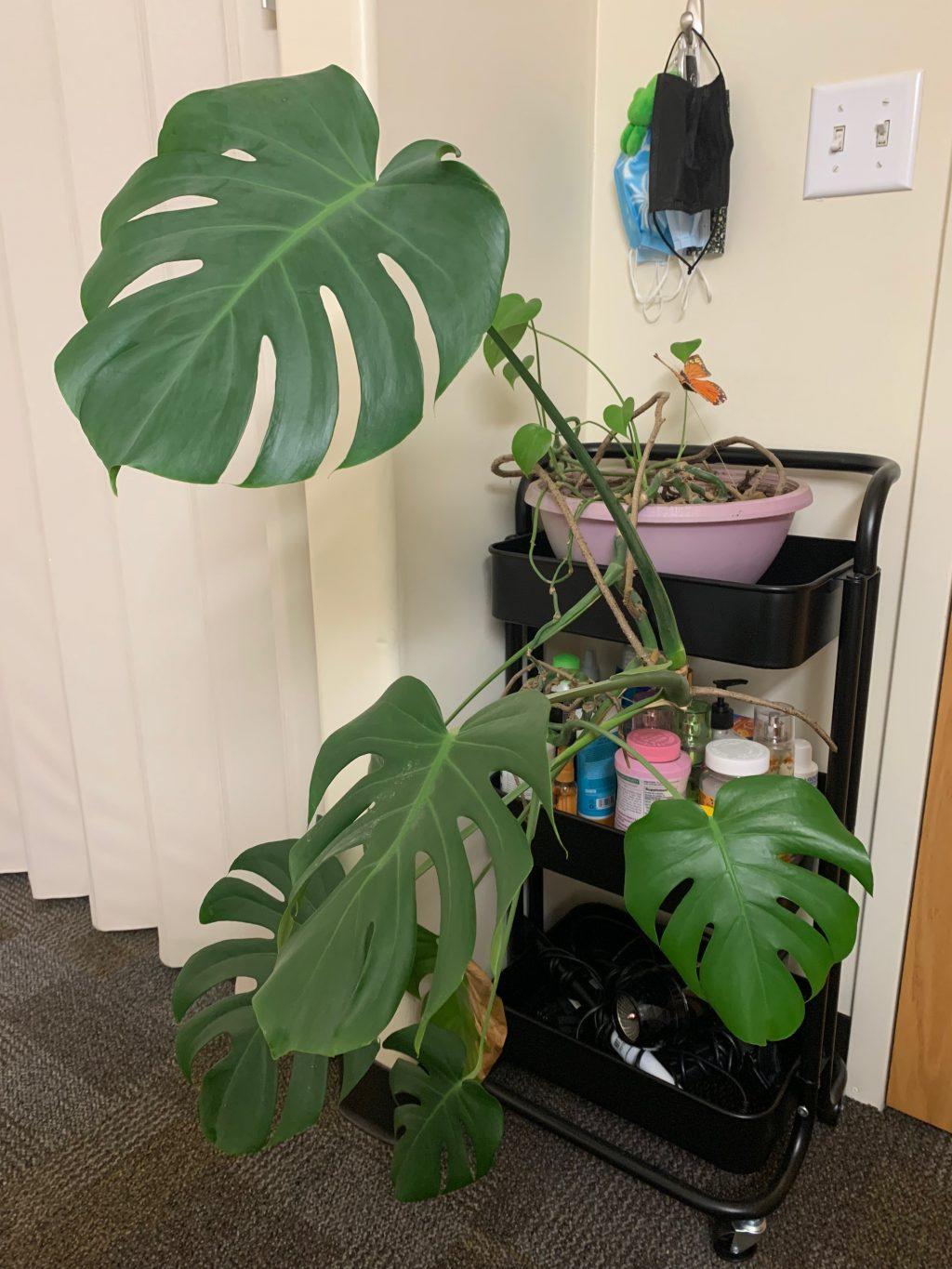
Along Dorm Row and outside George Page, students can find lush succulents like the Tree Aeonium or Aeonium arboreum. These succulents are prized for their rich green leaves that grow off a bare branch — this gives them a unique tree-like look.
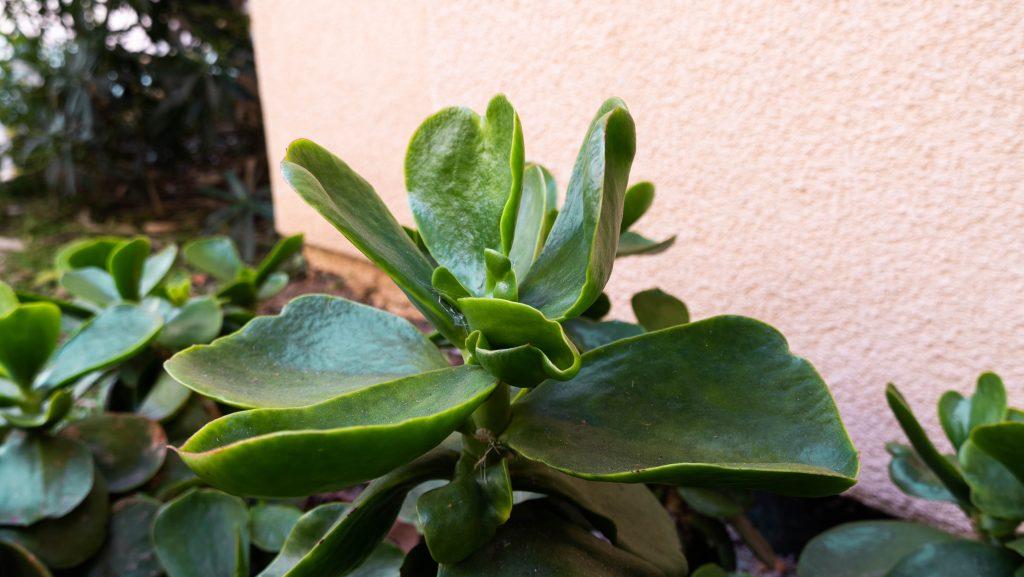
A common tree on campus is the Sacred Fig or Ficus religiosa. Students can find these trees in various areas including Alumni Park, the Caruso School of Law and on main campus. The trees are distinguishable by their thick trunks and large roots. Sacred Figs, on average, live between 900 and 1,500 years. Followers of Hinduism, Jainism and Buddhism consider the tree sacred because it is the oldest depicted tree in India, giving it the nickname, “Sacred Fig.”
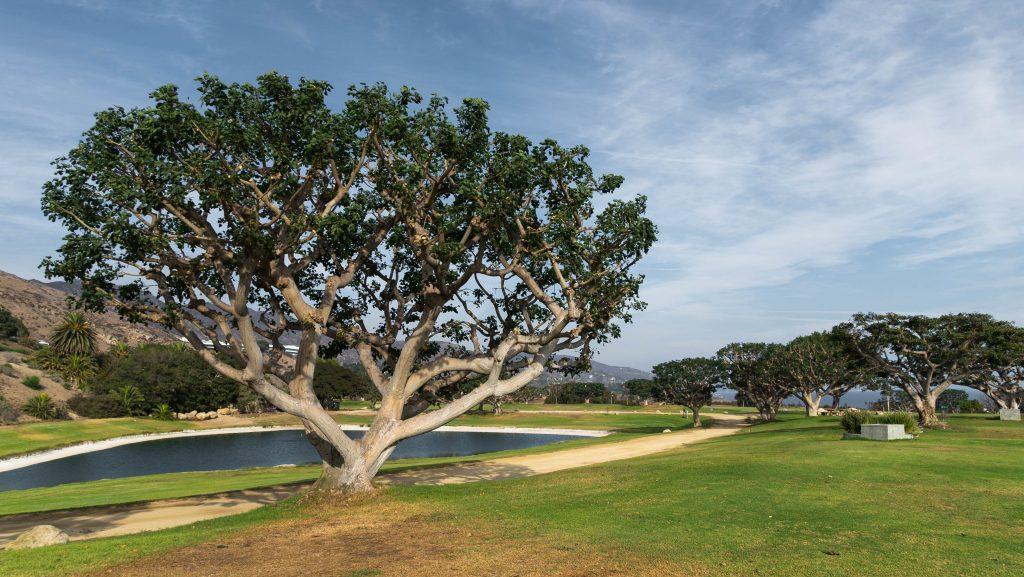
Oleander or Nerium oleander is a fast-growing evergreen shrub that produces fragrant and colorful clusters of flowers. The Oleanders on campus are usually white or pink. The majority of these shrubs are located along Seaver Drive, putting them in the perfect location for students to admire while walking to class. These plants are also toxic, so consuming or touching them is not in one’s best interest.
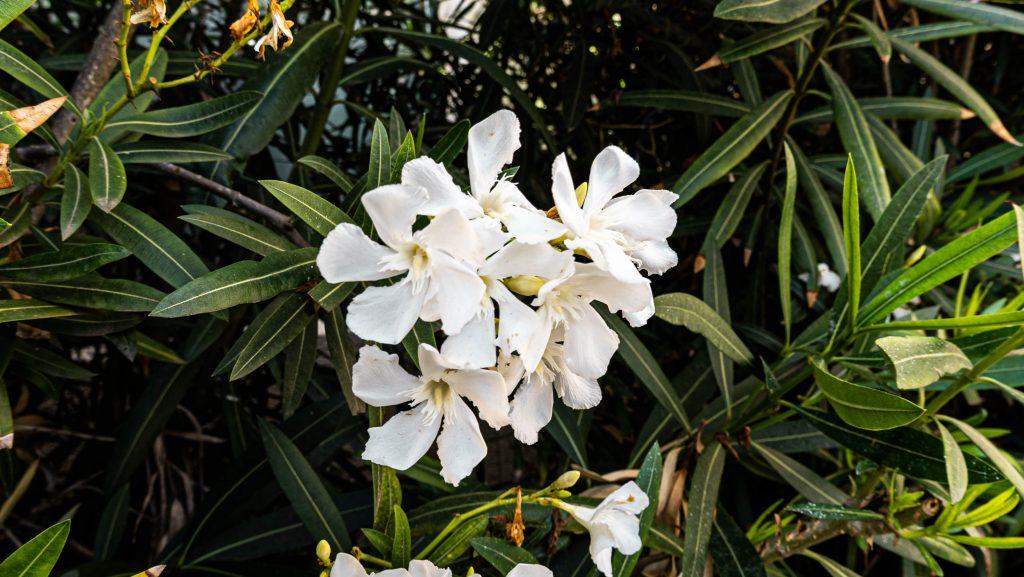
Adding color to campus, the floss-silk tree or Ceiba speciosa is an eye-catcher in multiple areas around campus. They are known for their abundance of hot pink flowers that are almost impossible to miss. Their trunks are lined with thorns making them stand out from other trees. Floss-Silk trees are native to the warm weather of Argentina and Brazil, making the California climate a perfect home.
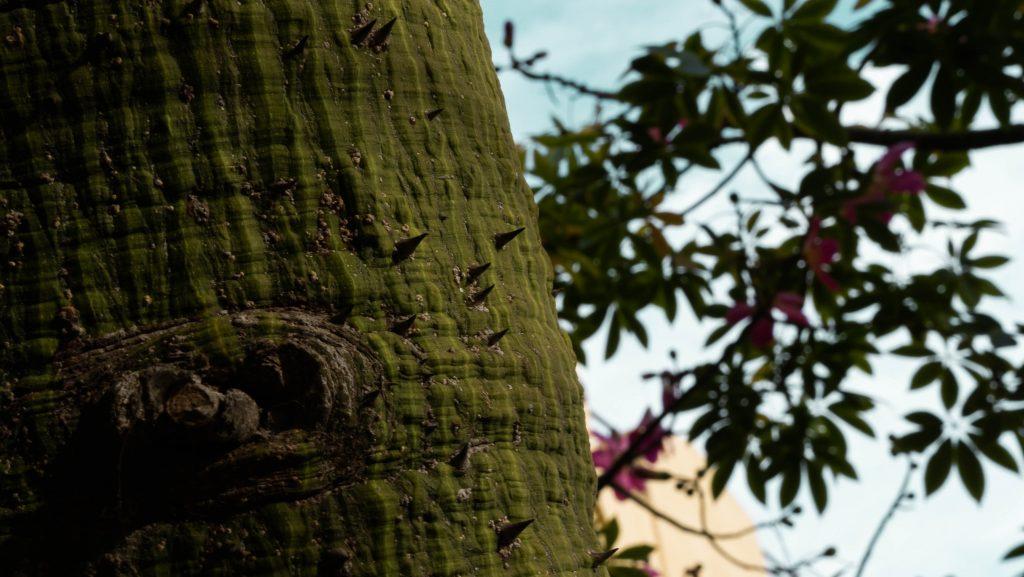
From lush succulents to massive Fig trees, Pepperdine students live in an environment blooming with all different kinds of plants. Rohrbach said the greenery and colors of the plants are a nice break from the dullness of the dorms. Pepperdine may have an ocean view — but the plant life only adds to the scenery on campus.
____________________
Follow the Graphic on Twitter: @PeppGraphic
Email Lydia duPerier: lydia.duperier@pepperdine.edu
